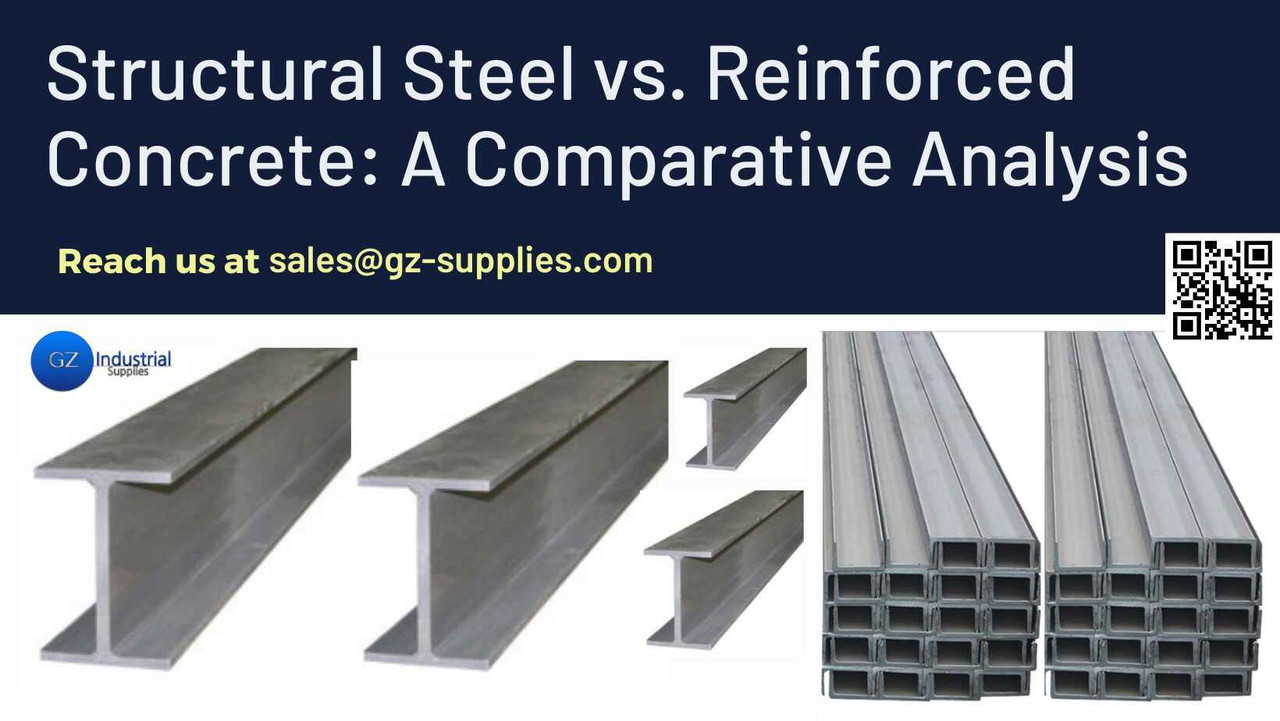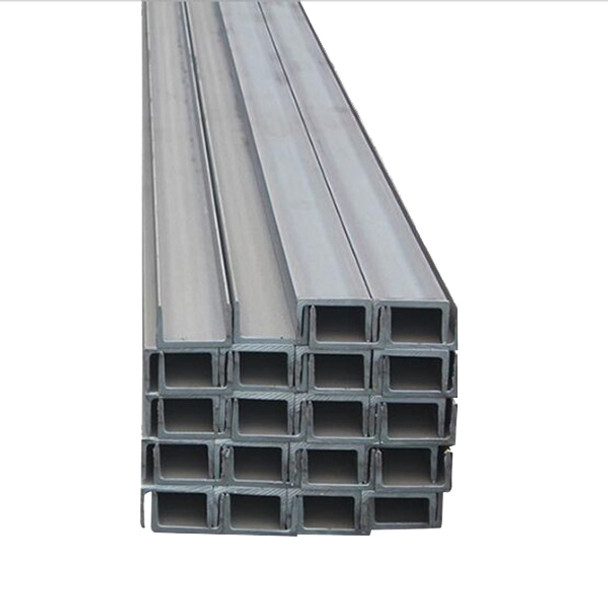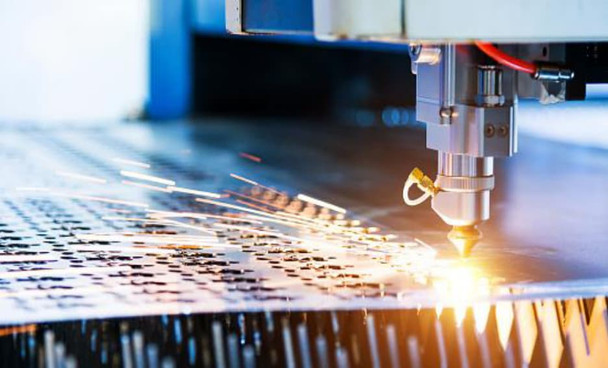Structural Steel vs. Reinforced Concrete: A Comparative Analysis
Key Takeaway
- Material Properties: Structural steel offers superior strength-to-weight ratio, while reinforced concrete provides excellent compressive strength and fire resistance.
- Cost Considerations: Reinforced concrete is generally more affordable initially, but structural steel can save money in labor costs due to faster construction times.
- Durability: Steel requires regular maintenance to prevent corrosion, whereas concrete tends to require less maintenance but may incur higher repair costs if structural issues arise.
Introduction
When it comes to construction projects, selecting the right material is crucial for both performance and cost efficiency. Structural steel and reinforced concrete are two of the most commonly used materials in the industry, each with unique properties that make them suitable for different types of construction.
When comparing structural steel and reinforced concrete, several factors come into play that influence the choice for construction projects. Structural steel is renowned for its high strength-to-weight ratio, allowing for lighter frameworks and faster construction times due to prefabrication techniques. This can lead to significant cost savings in labor and time, making steel an attractive option for large-scale projects, such as skyscrapers and bridges. On the other hand, reinforced concrete combines the compressive strength of concrete with the tensile strength of steel bars, providing a durable solution ideal for foundations, highways, and other heavy-load applications.
While concrete tends to be less expensive upfront, it may require more extensive curing time and maintenance over its lifespan. Additionally, structural steel needs regular upkeep to prevent corrosion, while concrete is less prone to environmental damage but can suffer from cracking and deterioration if not properly mixed or cured. Ultimately, the decision between structural steel and reinforced concrete will depend on specific project requirements, budget constraints, and long-term maintenance considerations.
This article provides an in-depth comparison of these materials, highlighting their characteristics, costs, environmental impact, and suitability for various applications.
Structural Steel Sheet Pile 12mm Hellog
Characteristics of Structural Steel
1. Strength and Flexibility: Structural steel is known for its high tensile strength, which allows it to withstand tension without breaking. Its flexibility makes it adaptable to various forms, making it a preferred choice for structures requiring large spans, like bridges and high-rise buildings.
2. Lightweight: Compared to concrete, steel has a higher strength-to-weight ratio, meaning it provides more strength per unit of weight. This is beneficial in projects where weight is a concern, such as in tall buildings or projects with soft soil foundations.
3. Speed of Construction: Steel structures can be pre-fabricated off-site, reducing on-site construction time. The components are assembled like a puzzle, which speeds up the building process.
4. Sustainability: One of the standout advantages of structural steel is its recyclability. Steel can be recycled without loss of quality, making it an environmentally friendly option for sustainable construction.
Characteristics of Reinforced Concrete
1. Compressive Strength: Reinforced concrete excels in compression, making it ideal for projects where the material will bear heavy loads, such as in foundations, dams, and bridges. The combination of concrete’s compressive strength and steel’s tensile strength gives reinforced concrete its versatility.
2. Durability and Fire Resistance: Concrete is naturally fire-resistant and offers excellent protection against weathering, corrosion, and decay. This makes it highly durable for projects in extreme weather conditions or industrial applications.
3. Availability and Affordability: Reinforced concrete is made from readily available materials—cement, sand, aggregate, and water—combined with steel reinforcement. Its widespread availability and relatively low material cost make it a budget-friendly option.
4. Construction Time: Unlike steel, concrete takes time to set and cure. This delay can slow down the construction process, but it's offset by concrete's long-term durability once cured.
Comparison of Cost
1. Initial Costs: The upfront costs for both materials can vary depending on project size and scope. Generally, structural steel tends to be more expensive due to the cost of fabrication and labor involved in its assembly. In contrast, reinforced concrete is often seen as a more affordable option for smaller-scale projects where labor and material costs are lower.
2. Maintenance Costs: While structural steel may require protective coatings to prevent corrosion, reinforced concrete can crack and require repairs over time. However, in terms of long-term maintenance, reinforced concrete usually has lower upkeep costs due to its natural durability and resistance to elements.
Environmental Impact
1. Energy Efficiency in Production: Producing steel consumes more energy compared to concrete. However, steel is more recyclable, which balances its environmental impact to some extent. Concrete production, particularly cement, is associated with significant carbon emissions, but advancements in green concrete technology aim to reduce this.
2. Carbon Footprint: Structural steel’s recyclability gives it an edge in sustainability over concrete, but concrete’s longevity and local availability reduce its transportation-related emissions. The choice of material can greatly impact a project’s overall carbon footprint.
3. Recyclability: Structural steel is 100% recyclable, which significantly reduces its environmental impact in demolition or renovation projects. Concrete, on the other hand, is more challenging to recycle and usually ends up in landfills, though some components can be reused in new concrete mixtures.
Structural channel steel 80x40 UPN(L) x6mm
Performance in Different Applications
1. Industrial Buildings: In large-scale industrial settings, such as factories and warehouses, structural steel’s strength and flexibility make it the preferred choice. Its ability to support long spans without the need for excessive support columns offers more design freedom.
2. Residential and Commercial Buildings: For residential buildings, reinforced concrete is often chosen due to its affordability and ability to handle load-bearing walls. In commercial projects, a combination of both materials might be used, depending on the structure’s design and requirements.
3. Seismic Zones: Structural steel is particularly advantageous in earthquake-prone areas due to its ability to bend without breaking. Reinforced concrete is less flexible but can still perform well when properly engineered for seismic resistance.
Lifespan and Durability
1. Structural Steel: While structural steel is highly durable, it can be prone to corrosion if not properly protected. Applying protective coatings such as galvanization or painting helps extend its lifespan. In controlled environments with proper maintenance, steel can last for decades.
2. Reinforced Concrete: Concrete is naturally resistant to weathering, fire, and corrosion, making it highly durable. Reinforced concrete structures often have a long lifespan, sometimes lasting over a century. However, the steel reinforcement inside concrete can corrode if the concrete develops cracks, leading to structural issues.
3. Impact of Environmental Factors: The choice between steel and concrete may depend heavily on environmental conditions. In coastal areas or highly corrosive environments, reinforced concrete might be favored for its resistance to corrosion, whereas structural steel with proper protection can still perform well in such conditions.
Flexibility and Design Versatility
1. Structural Steel: Steel offers a high degree of flexibility in terms of design. Its ability to span long distances without support beams, combined with its lightweight nature, makes it ideal for modern, innovative designs. Architects often prefer steel for creating large, open spaces in buildings like shopping malls, airports, and sports arenas.
2. Reinforced Concrete: While concrete is less flexible than steel in terms of design, it is ideal for specific structural elements like columns, walls, and slabs. It is often used in projects where its rigidity and mass are essential, such as high-rise buildings and structures requiring heavy load-bearing capacities.
3. Complex Structures: When designing complex or unusually shaped buildings, steel’s versatility gives it an advantage, particularly for curving or intricate designs. Concrete is typically more labor-intensive to mold into complex forms, although it is commonly used for straight, simple designs.
Safety Considerations
1. Fire Resistance: Reinforced concrete is naturally fire-resistant, making it a safer option in buildings where fire safety is paramount. While structural steel can lose strength at high temperatures, modern fireproofing methods such as spray-applied fireproofing can protect it in the event of a fire.
2. Structural Integrity: Both materials provide excellent structural integrity. Steel’s high strength-to-weight ratio makes it a great choice for buildings that need to support large loads, while concrete’s ability to withstand high compressive forces makes it ideal for foundations and columns.
3. Natural Disasters: In regions prone to earthquakes, structural steel’s flexibility and resilience give it an edge. In hurricane-prone areas, reinforced concrete is preferred for its mass and ability to withstand high winds. Both materials can be engineered to resist seismic forces, but the specific choice depends on the project’s location and safety requirements.
Structural Steel H-beam 160 IPE 6x3 Hellog
Environmental Impact
1. Structural Steel: Steel is one of the most recyclable materials in the world. Structural steel can be reused and recycled without losing its properties, making it an environmentally friendly option. However, the steel production process requires significant energy and can generate emissions unless sourced from green manufacturers.
2. Reinforced Concrete: Concrete production, specifically the manufacturing of cement, contributes significantly to global CO2 emissions. On the other hand, concrete is often sourced locally, reducing transportation-related emissions. While recycling concrete is possible, it is not as straightforward as recycling steel.
3. Sustainability Considerations: For projects focused on sustainability, the choice between steel and concrete may depend on factors such as the availability of green materials, the project’s carbon footprint, and the ability to recycle materials after the building’s lifespan ends. Steel’s recyclability can make it more attractive in sustainable projects.
Speed of Construction
1. Structural Steel: Steel construction is generally faster compared to reinforced concrete. Steel components are prefabricated off-site and assembled quickly, reducing construction time. This speed is advantageous for projects with tight deadlines or when reducing labor costs is a priority.
2. Reinforced Concrete: The construction process for reinforced concrete is slower because it often involves on-site casting and curing, which can delay the project. However, with the use of precast concrete, this delay can be minimized. The construction schedule should take these timeframes into account when choosing between the two materials.
3. Impact on Project Timelines: If rapid construction is a key factor, steel may be more appropriate, especially for large-scale commercial buildings. However, for projects where timelines are less critical, concrete may still offer the desired structural advantages despite its slower process.
Maintenance and Repair
1. Structural Steel: Steel structures typically require regular inspections and maintenance to prevent corrosion, especially in humid or coastal areas. Maintenance involves repainting or recoating to protect the steel and ensure its longevity.
2. Reinforced Concrete: Concrete structures generally require less maintenance than steel. However, if cracks or structural issues arise, they can be more difficult and costly to repair. Concrete can also degrade over time if exposed to aggressive environmental conditions without protection.
3. Long-Term Considerations: Over the life of a structure, steel may incur higher maintenance costs due to its susceptibility to corrosion, while concrete’s repairs, when needed, tend to be more intensive and expensive. Project managers should balance these long-term costs when selecting materials.
Cost Considerations
1. Structural Steel: The initial cost of structural steel is typically higher than reinforced concrete, but the faster construction time can lead to savings in labor costs. Steel’s recyclability may also offer cost benefits in the long run.
2. Reinforced Concrete: Concrete is generally more affordable initially. However, depending on the design and required reinforcements, costs can add up. The higher labor costs associated with concrete may also offset its material affordability.
3. Budgeting for Projects: For budget-conscious projects, concrete may offer an initial cost advantage. However, in large-scale commercial or industrial projects where time is money, steel’s faster construction can provide significant financial benefits.
Laser cut metal sheets
Frequently Asked Questions
1. Which material is more cost-effective for large-scale construction projects?
Reinforced concrete is often more affordable initially, but structural steel’s faster construction time can lead to cost savings on labor.
2. Can structural steel be used in regions with high corrosion risks?
Yes, structural steel can be used in such regions with appropriate protective coatings like galvanization or weather-resistant paint.
3. Is reinforced concrete more fire-resistant than steel?
Yes, concrete is naturally fire-resistant, whereas steel requires fireproofing treatments to withstand high temperatures.
4. What is the environmental impact of using steel versus concrete?
Steel is highly recyclable, making it a greener option, while concrete production contributes more to CO2 emissions due to cement manufacturing.
5. Which material is better for earthquake-prone areas?
Structural steel is generally preferred in earthquake-prone areas due to its flexibility and ability to absorb seismic forces.
Readers Also Watched...
Other Related Articles
Steel vs. Concrete: Which Material Reigns Supreme for Construction in Nigeria?
Top Factors to Consider When Selecting Structural Steel
How to Choose the Right Structural Steel Material for Your Project
Conclusion
In the debate between structural steel and reinforced concrete, the right choice largely depends on the specific needs of the project. Both materials offer distinct advantages in terms of strength, durability, design flexibility, and environmental impact. Structural steel excels in situations where flexibility, speed, and recyclability are important, while reinforced concrete provides fire resistance, mass, and durability for foundations and load-bearing structures. Understanding the unique benefits and limitations of each material allows project managers, architects, and engineers to make informed decisions that optimize both performance and budget.
Looking for high-quality structural steel or reinforced concrete materials for your next construction project? Visit GZ Industrial Supplies for a wide range of top-grade building materials designed to meet your needs. Explore our selection today!













